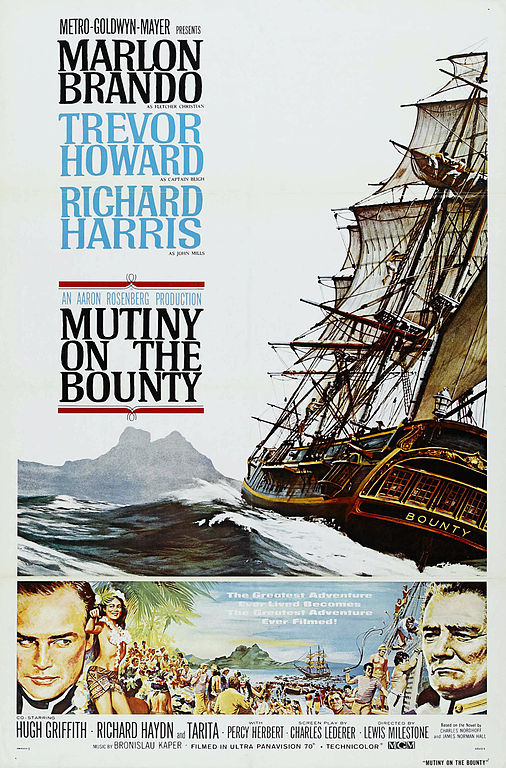Fletcher Christian And William Bligh are permanently linked to the Mutiny on the Bounty. Here is the true story of this infamous incident.
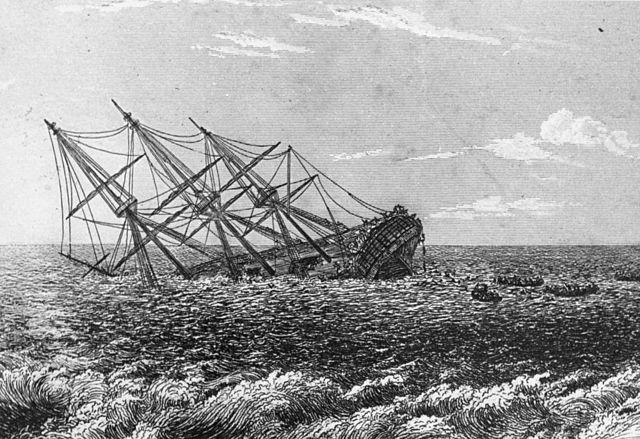
The Pandora, towing a launch constructed by the mutineers during their stint on Tahiti, reached the vicinity of the Great Barrier Reef in late August. Whether he was careless or stupidly sailing in the dark, Edwards struck a reef on the 29th, the collision so severe that the ship took on four feet of water in five minutes. Throughout the night, desperate efforts were made to save the vessel and three of the men classified by Bligh as blameless in the mutiny, Coleman, McIntosh and Norman were let out of the enclosure. They helped with attempts to pump water out of the ship to no avail. The other trapped mutineers, hearing sounds of the crew abandoning ship, attempted to get out of their manacles and screamed for help. Only the last minute personal intervention of a crew member allowed any of the remaining eleven prisoners to escape.
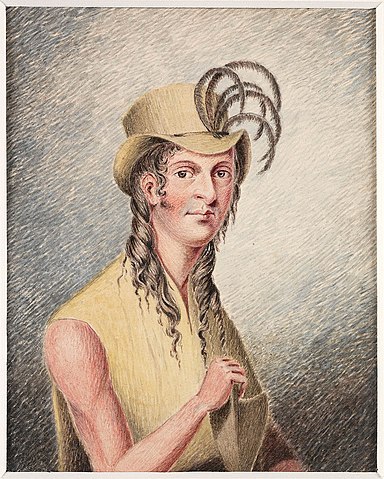
The two ships, the HMS Briton and the HMS Tagus, were searching for the American ship USS Essex. This American raider, not to be confused with the whaler Essex of Moby Dick fame, was in the process of terrorizing British merchant and whaling ships in the region to the extent that the Royal Navy was forced to deploy several warships to put a stop to this War of 1812 US rampage. On September 17, 1814, as the two ships and their captains Sit Thomas Staines and Philip Pipon puzzled over the unidentified rock in front of them, they could see some natives launching their canoes into the surf. Like Folger before them, they were stunned when the canoe pulled alongside the boat and an occupant who turned out to be Thursday October Christian, now 24 years old, hailed them in English. He and another teenager, George Young, the son of Bounty mutineer, Edward Young came on board and were asked to join the officers for a meal. Dressed in minimal Polynesian garb, Fletcher Christian’s son further astonished and ingratiated himself by breaking into Christian prayer before dinner was served.
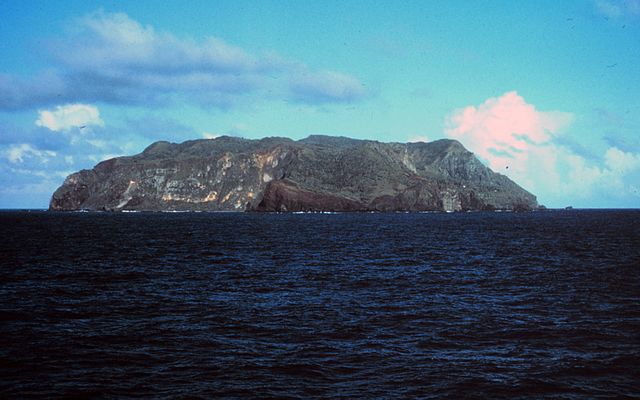
It is believed that in Bligh’s library, Christian stumbled upon a 1773 journal written by English naval explorer Philip Carteret which gave the location of an obscure island, Pitcairn Island. Almost four months after leaving Tahiti, the Bounty arrived at the supposed location of Pitcairn but there was nothing there. Figuring that Carteret may have made a navigational error, Christian sailed along the same latitude, assuming that the longitude was incorrect. Within days, the rocky, frequently inaccessible and uninhabited island was sighted, on January 15, 1790, approximately 190 miles east of Carteret’s faulty designation.
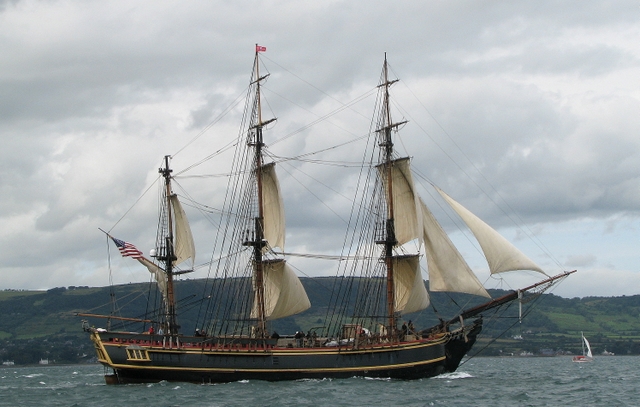
Podcast: Play in new window | Download
Subscribe: RSS

